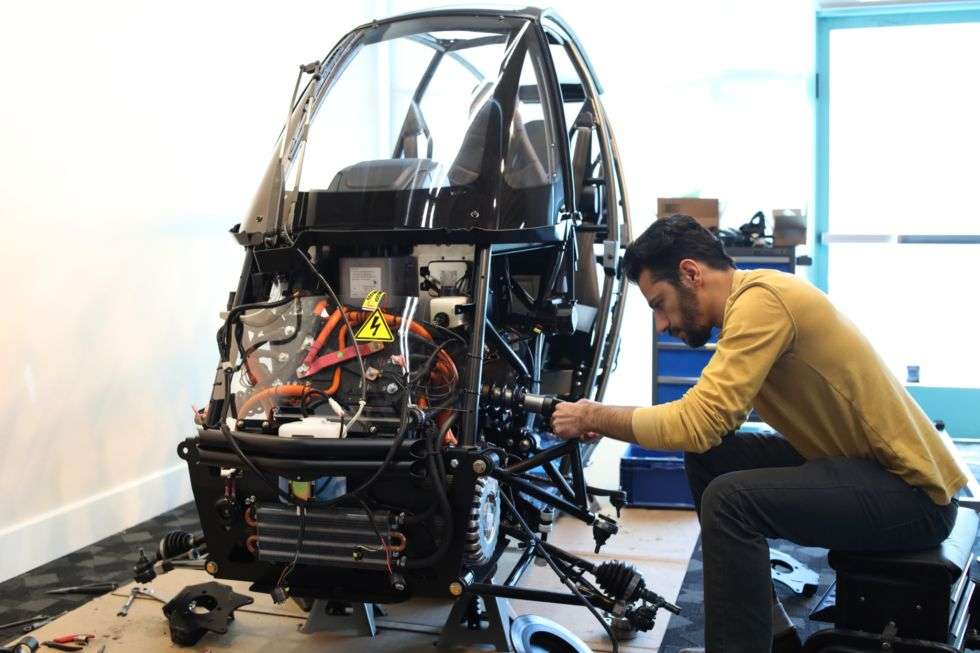
This EV company is using AI and 3D printing to add lightness
-

Arcimoto’s FUV is small, light, and nimble, but even with such a small vehicle there’s still the opportunity to save weight. [credit: XponentialWorks ]
Arcimoto accurately calls its electric three-wheeler a Fun Utility Vehicle—we first tested one at CES four years ago, and it remains one of the more entertaining vehicles I’ve driven for Ars. The company started delivering the first FUVs to customers last September, but it’s not quite done with the design for this engaging little machine. As you probably know, weight is the enemy of efficiency, and even little EVs like this one have to carry around a hefty battery pack, in this case a 12kWh unit with 102.5 miles (165km) of city range. On Tuesday, Arcimoto and XponentialWorks announced they’ve been working together on a project that should make future FUVs even more efficient, thanks to lightweight suspension parts created using AI generative design and 3D printing.
“Our mission to rightsize the footprint of daily mobility means a continued commitment to optimizing not just the vehicle platform architecture, but all of its constituent parts as well. The speed at which the XponentialWorks team has made meaningful weight improvements to core components of the Fun Utility Vehicle is truly impressive,” said Arcimoto CEO Mark Frohnmayer in a statement.
XponentialWorks used ParaMatters’ AI software to iterate new designs for components like the FUV’s brake pedal, upper control arm, rear swing arm, and knuckle. As with other AI-generated auto parts, the results look far more organic than anything you’d expect to find on a road vehicle, and the weight savings is real–between 34 and 52 percent compared to the conventionally designed and constructed bits fitted to the versions we’ve tested in the past. It all happened pretty rapidly, according to XponentialWorks founder Avi Reichental.
Read 1 remaining paragraphs | Comments




